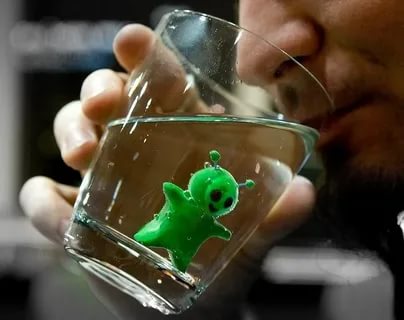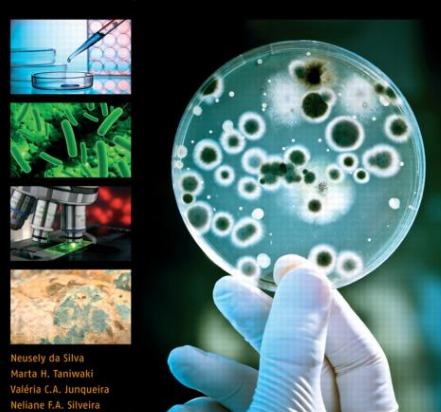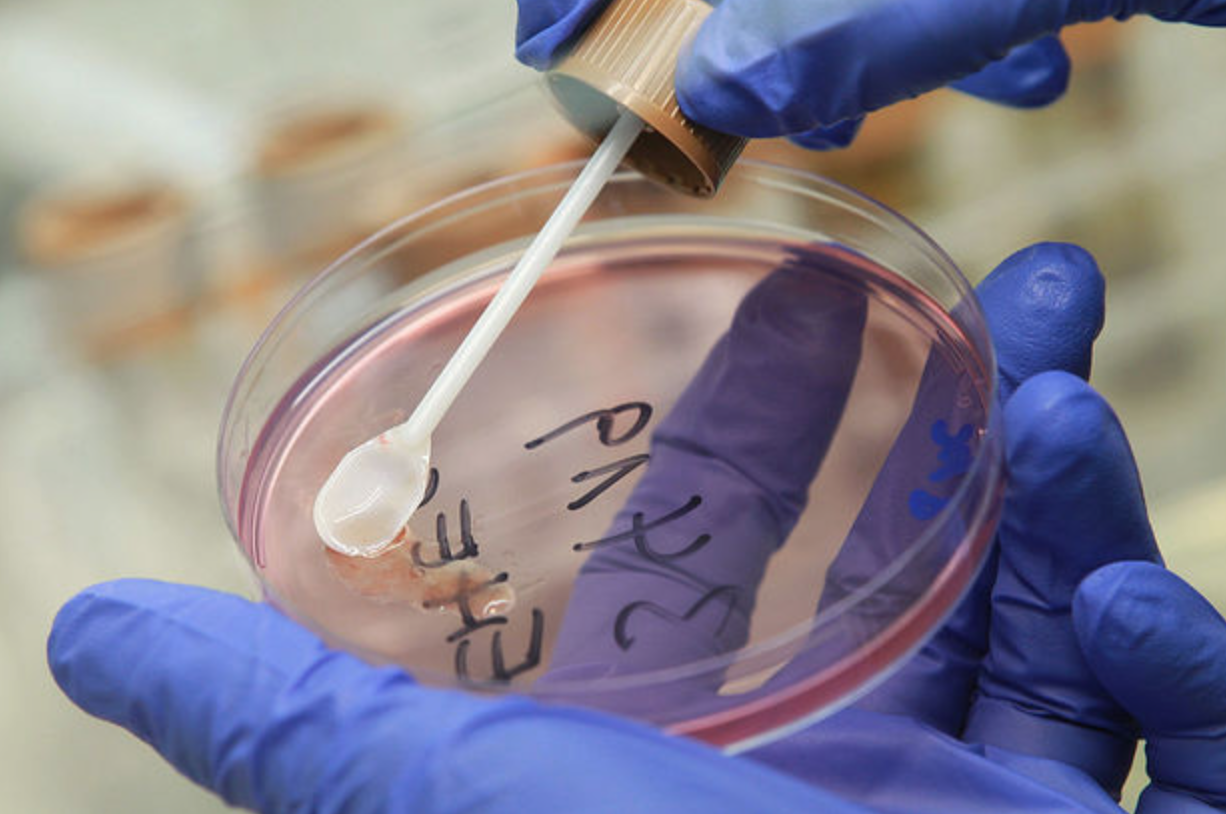Significance of microbial detection in water
The application of reclaimed water in life is very extensive, but now the problem of water quality is becoming more and more serious. To understand the specific situation of water quality changes, the detection of microorganisms in water is a relatively intuitive method, because a large number of organic substances produced by water pollution can cultivate various microorganisms.In addition, if there is no effective detection of microorganisms in water, it will cause some health problems. In particular, in some food industries, there are many sources of microorganisms in the water, mainly from the water polluted by human or animal feces, which may lead to the spread of intestinal infectious diseases and cause greater health risks. In addition, excessive microorganisms in the water will also cause a large number of algae growth, resulting in insufficient oxygen in the water, leading to the death of fish and shrimp due to hypoxia. Therefore, it is necessary to detect microorganisms in water regularly.

Sampling methods of microorganisms in water
In order to obtain some basic data of water body, sampling must be carried out first in order to obtain some basic data of water body. The specific sampling methods include sampling purpose, inspection index, sampling time, sampling place, sampling method, sampling frequency, sampling quantity, sampling container and cleaning, etc.Before sampling, the collector and container should be washed with water sample for 2-3 times. If several kinds of test index water samples are collected from the same water source, the water samples for microbiological test should be collected first. When collecting directly, the sterilized sampling bottle should not be washed with water sample, and the bottle mouth should not be polluted by fingers and other substances. In addition, the bottom sediment should not be stirred during sampling. The sampling volume of microorganisms in water is generally less than 5L, and the storage time and method of water sample should meet the relevant requirements.

Methods for detection of microorganisms in water
At present, the main methods to detect microorganisms in water quality can be divided into two kinds: multi tube fermentation method and enzyme substrate method. The multi tube fermentation method uses the corresponding culture medium to carry out preliminary fermentation experiments on the collected samples in the environment of 36 ℃, and then carries out plate separation and re fermentation experiments to obtain the final results. The enzyme substrate method is to determine whether there are corresponding microorganisms in the water by the color of the culture medium, which is produced by the decomposition of β 2 enzyme produced by microorganisms.Among them, the advantages of multi tube fermentation method are that there is no miscellaneous bacteria pollution, and the microbial detection results are relatively accurate, while the advantages of enzyme substrate method are simple operation, low environmental requirements, relatively wide detection range and short time.
Methods of treating microorganisms in water
After knowing the detection results of microorganisms in water, corresponding treatment measures should be taken. Chlorine disinfection method is commonly used, which can sterilize water body by chloride and other substances to achieve the effect of killing and inhibiting microbial reproduction. In addition, ultraviolet and ozone can be sampled to inhibit the generation of microorganisms in water.




